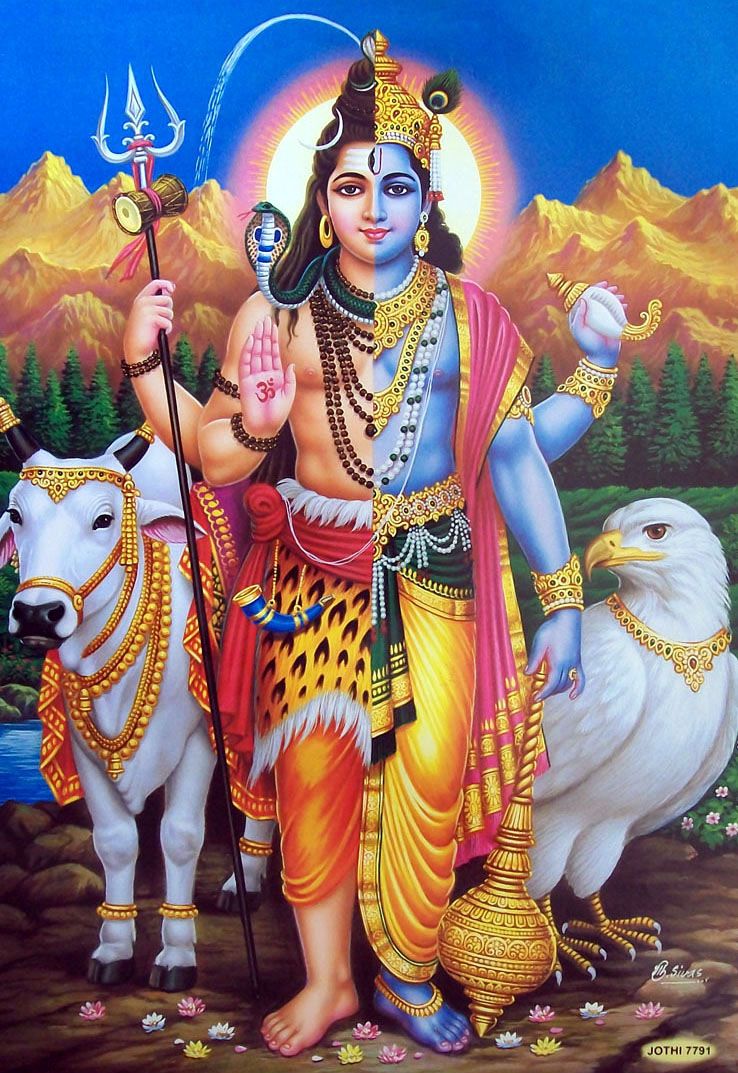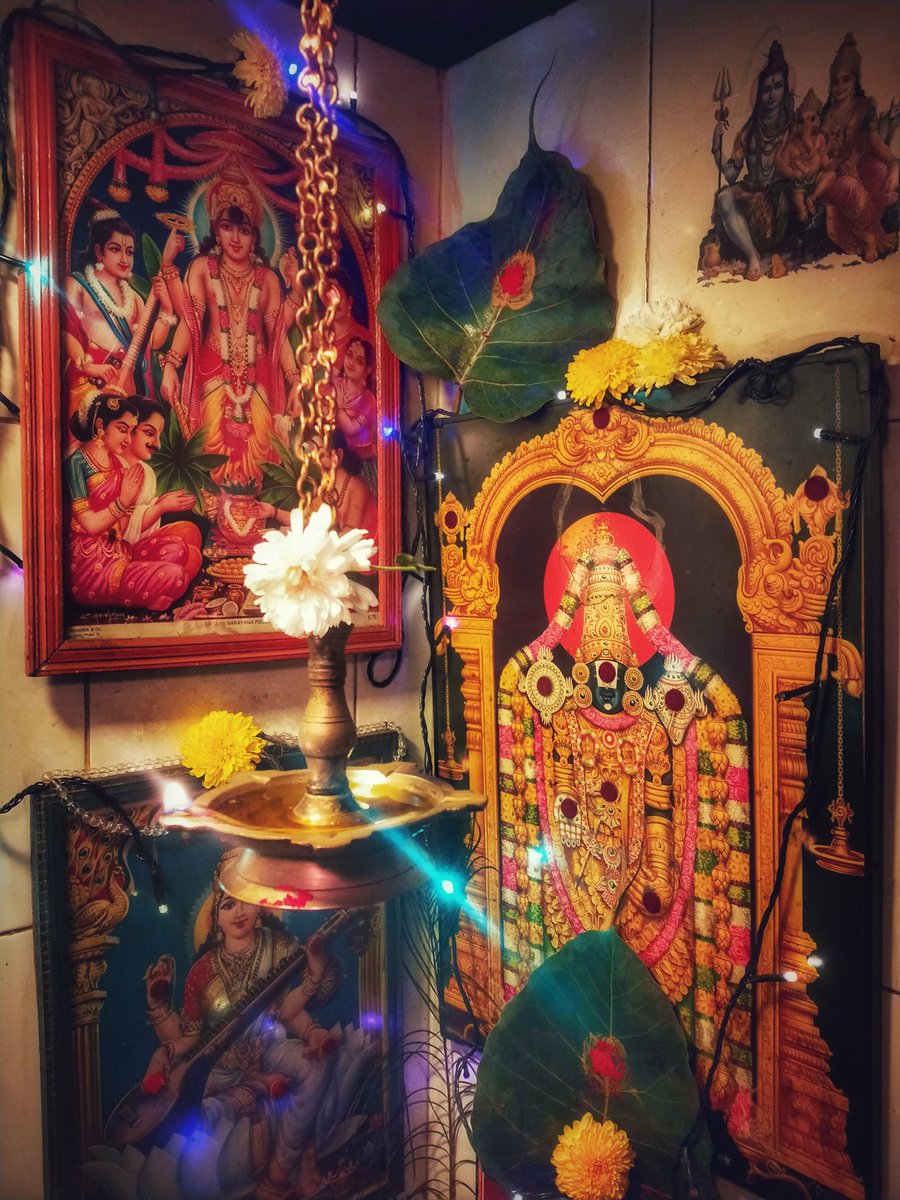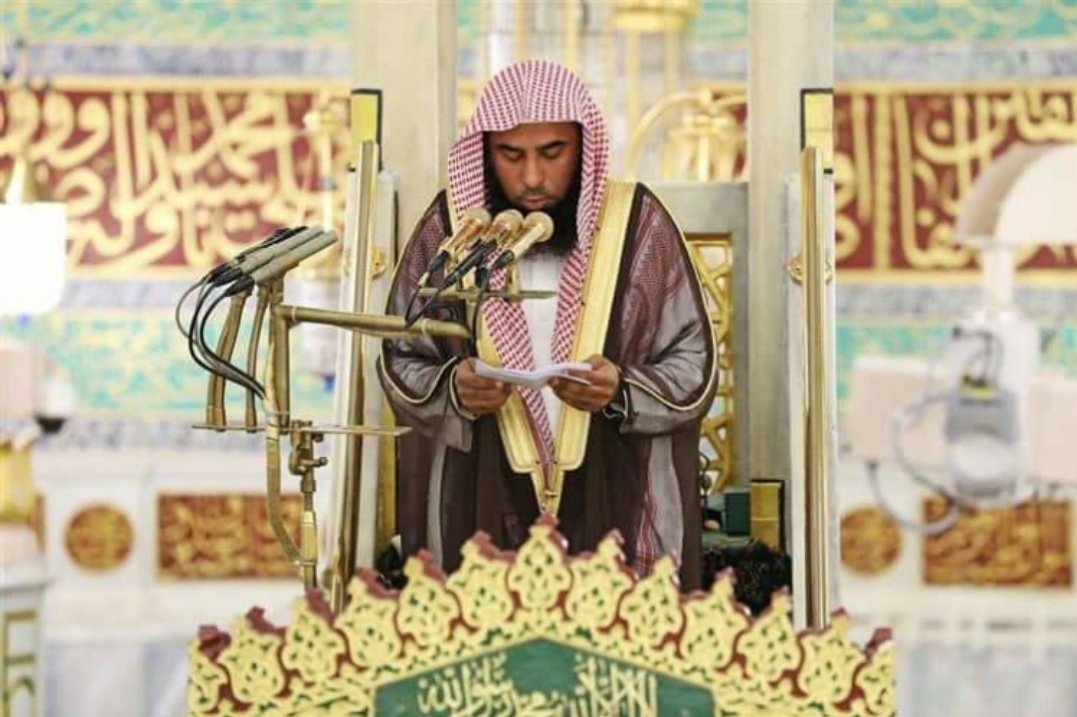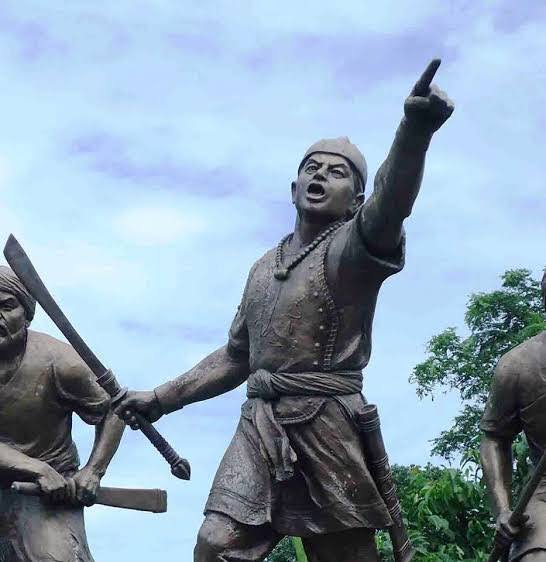A THREAD detailing the daily routine of Hindu emperors of the past during peace time. Once we are done through with the thread, one will realize what a contrast the present day secular state is to the Hindu Samrajyas of the past. As to how far we've moved away from tradition (1)
that the daily festivals were being celebrated regularly. (10)
"The talaaris are always actively vigilant in watching
Vidyanagara and its outer suburbs day and night. Therefore,
the people of the eighteen castes (who inhabit the city) are
enjoying happiness and great prosperity" (16)
When that was over, he'd summoned his ministers & Dalapati (Commander in the military) and took counsel with them privately for sometime. (18)
72 niyogas, palaiyagars (military governers), amaranayakas (nobles), purohits, acharyas, jiyangars, jyothishyas, Vaidyanathas(physicians), cavaliers, mahuts (19)
More from Ugra

Before we proceed any further, I'd like you to have a look at the below THREAD on the ancient Hindu system of measurement. A lot of terminologies from there will be used here too. Get yourself acquainted with the different units of Hindu measurement
THREAD on ancient Hindu system of measurement(\u092e\u093e\u0928\u093e\u092a\u0915\u0930\u0923\u0935\u093f\u0927\u093e\u0928\u092e\u094d)
— Ugra (@_ugra_) December 23, 2020
The Shilpa shastras give much insight into how dimensions such as length,width,height etc were measured. It is using this system that the smallest of murthis to the biggest of buildings were planned & constructed (1) pic.twitter.com/SWEHym3KWj
The ancient Temple builders i.e. the Sthapatis, have consulted various Shastras in order to execute all their wondrous workmanship. The Shastras are many, yet there is much commonality than differences in them. (3)
This vast ocean of knowledge revealed by the Devas to the ancient Rishis has resulted in the various different styles of Temple building, image making, rock sculpturing etc (4)
Some of the important Shastras consulted by the Sthapatis:
1) Vishnudharmotthara purana
2) Agni Purana
3) Matsya Purana
4) Brihat Samhita
Above texts contain a vast ocean of info on Temple building. Ancient Temples of Northern Bharat were built according to this tradition (5)
More from Religion
It was Ved Vyas who edited the eighteen thousand shlokas of Bhagwat. This book destroys all your sins. It has twelve parts which are like kalpvraksh.
In the first skandh, the importance of Vedvyas
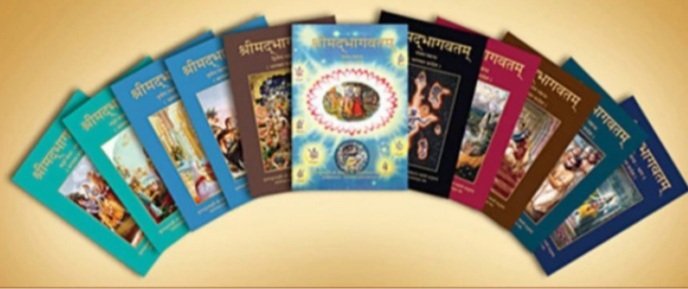
and characters of Pandavas are described by the dialogues between Suutji and Shaunakji. Then there is the story of Parikshit.
Next there is a Brahm Narad dialogue describing the avtaar of Bhagwan. Then the characteristics of Puraan are mentioned.
It also discusses the evolution of universe.( https://t.co/2aK1AZSC79 )
Next is the portrayal of Vidur and his dialogue with Maitreyji. Then there is a mention of Creation of universe by Brahma and the preachings of Sankhya by Kapil Muni.
HOW LIFE EVOLVED IN THIS UNIVERSE AS PER OUR SCRIPTURES.
— Anshul Pandey (@Anshulspiritual) August 29, 2020
Well maximum of Living being are the Vansaj of Rishi Kashyap. I have tried to give stories from different-different Puran. So lets start.... pic.twitter.com/MrrTS4xORk
In the next section we find the portrayal of Sati, Dhruv, Pruthu, and the story of ancient King, Bahirshi.
In the next section we find the character of King Priyavrat and his sons, different types of loks in this universe, and description of Narak. ( https://t.co/gmDTkLktKS )
Thread on NARK(HELL) / \u0928\u0930\u094d\u0915
— Anshul Pandey (@Anshulspiritual) August 11, 2020
Well today i will take you to a journey where nobody wants to go i.e Nark. Hence beware of doing Adharma/Evil things. There are various mentions in Puranas about Nark, But my Thread is only as per Bhagwat puran(SS attached in below Thread)
1/8 pic.twitter.com/raHYWtB53Q
In the sixth part we find the portrayal of Ajaamil ( https://t.co/LdVSSNspa2 ), Daksh and the birth of Marudgans( https://t.co/tecNidVckj )
In the seventh section we find the story of Prahlad and the description of Varnashram dharma. This section is based on karma vaasna.
#THREAD
— Anshul Pandey (@Anshulspiritual) August 12, 2020
WHY PARENTS CHOOSE RELIGIOUS OR PARAMATMA'S NAMES FOR THEIR CHILDREN AND WHICH ARE THE EASIEST WAY TO WASH AWAY YOUR SINS.
Yesterday I had described the types of Naraka's and the Sin or Adharma for a person to be there.
1/8 pic.twitter.com/XjPB2hfnUC
Are you trying to say the Verse of Quran i had mentioned
I didn't know about this thread earlier but now that I have seen it, i wish to bring out the Paradox of Equality of Comb in to picture.
— Kungfu Pasmanda 2.0 (@AnisShafiullah) January 16, 2021
a) Bukhari Hadith on Quresh's exclusive right to Caliphate
b) A comb that's has equal teeth but... https://t.co/E1GuxFSUGy pic.twitter.com/7VtbVkgoeh
in the thread is false? If that's your claim then say it clearly that all the verses of Quran and hadiths are false which talks about equality and your propaganda is the ultimate truth and hidden secret of Islam.
a) If you are trying to say that just being born in a Quraysh tribe
makes one superior than others then let me remind you that the first oppressors of the Prophet pbuh were Quraysh, the first battle of Muslims happened with Quraysh, the guy who was cursed by Allah in Quran was a Quraysh (ever read Quran?). And if you want to show that being from
the lineage of Prophets makes you superior than others then let me remind you that the son of Prophet Adam will be in hell (as informed to us by the narrations), the son of Prophet Noah will be in hell, the wife of Prophet Noah will be in hell, the wife of Prophet Lut will be in
hell. And if you are trying to say that only Quraysh had the right to rule and not others then let me remind you from history that the Messenger of Allah pbuh appointed leaders Abdullah bin Ruwaha, Zaid bin Haritha, and Usama bin Zaid, and all of them were not from Quraish.


